Agile vs Waterfall: What Methodology Will Suit Your Project?
Are you gearing up to build software? One of the first decisions you’ll face is choosing a development methodology. Two of the most prominent models you’ll encounter are Agile and Waterfall. If you’re embedded in the project management community, you’ve likely found yourself grappling with the “agile vs waterfall” conundrum. Why does it matter? And how do you know which is suitable for your project?
Dive into the heart of watermark project management and its core methodologies. Explore its unique structure, advantages, and limitations. Understand its distinctions from agile methods. Knowing these critical details can guide you in choosing whether “waterfall vs agile” would serve you best.
Software Development Life Cycle (SDLC)
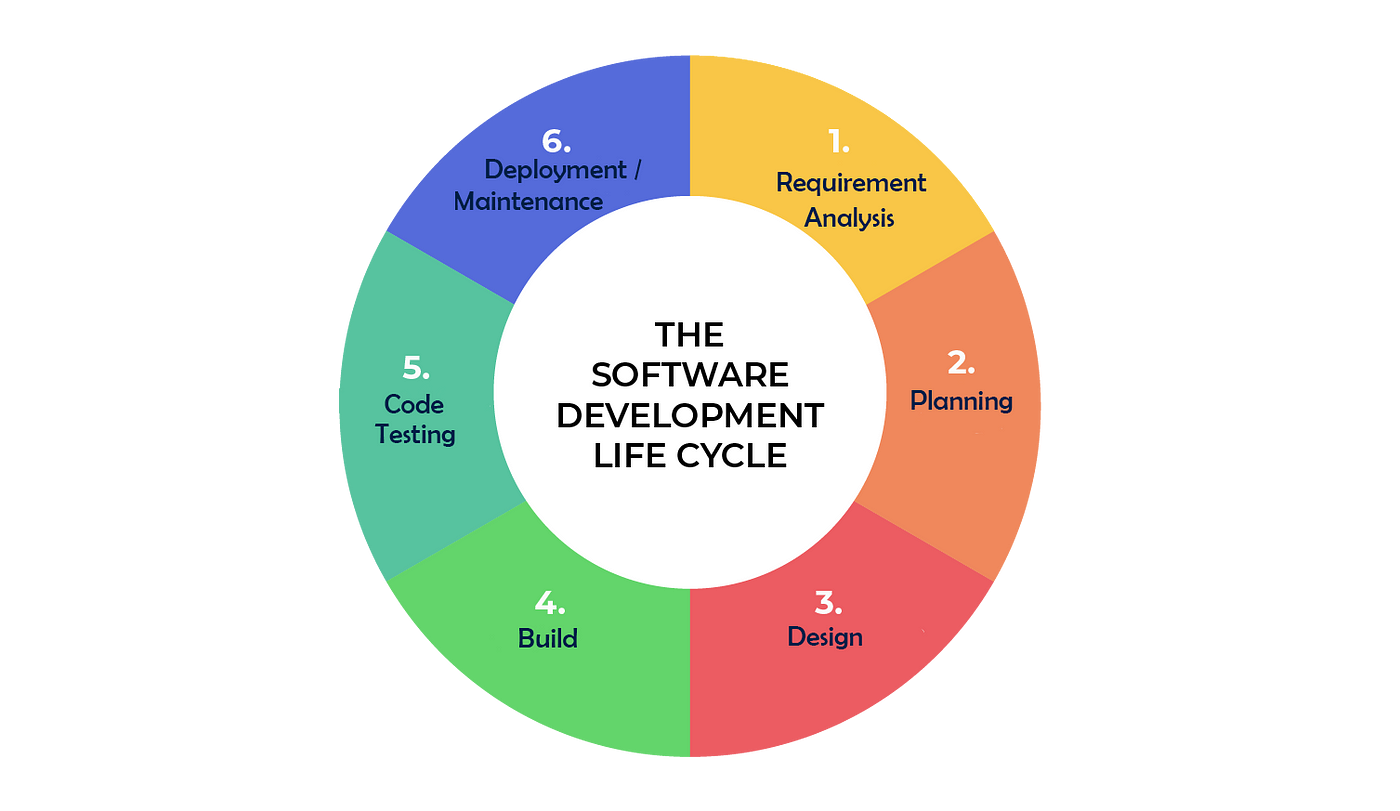
When it comes down to Agile vs Waterfall, it’s crucial to understand these methodologies in the context of the software development life cycle (SDLC). The SDLC is the process that guides you in designing, developing, and testing high-quality software. Its primary focus is on meeting your customers’ expectations and beating deadlines without compromising quality.
Different Software Development Life Cycle models are applied to ensure successful software development processes. Each model has its unique steps that define its effectiveness. However, the two models that always spark the “Waterfall vs Agile” debates in the software development world are the Waterfall Model and Agile Model. Between Agile and Waterfall methodologies, your choice will always come down to your project’s requirements, team capabilities, and time constraints.
What is Agile Project Management?
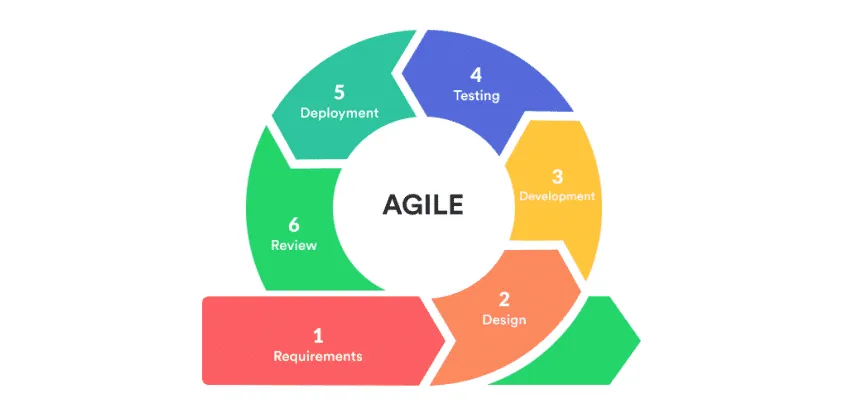
Having delved into the SDLC and taken an analytical look at both Agile and Waterfall methodologies, it’s essential to take a deeper dive into Agile project management and what makes it stand out. Understanding the advantages and the limitations of Agile can provide an authoritative guide when deciding between Agile and Waterfall for your projects.
Considering the Agile approach can drastically revolutionize your software projects. Notably, Agile has garnered worldwide praise due to its proven benefits for software makers. However, a holistic view requires us to account for its limitations as well. Let’s attempt to gain a balanced perspective.
Advantages
- Short time-boxed iterations, also known as sprints, dominate the Agile methodology.
- Project execution occurs in these sprints.
- Provide consistent opportunities for regular product increments.
- They also allow for feedback collection and subsequent course correction.
- Agile practices foster velocity and adaptability, focusing extensively on delivering client-centric solutions.
- A Forbes study revealed that 49 percent of top managers vouched for scrum’s effectiveness, a popular Agile methodology, due to its extreme customer focus.
Limitations
- Its project planning is quite loose, which might lead to an unpredictable finished product or date slippage.
- Sprint executions sometimes fall victim to a lack of focus as they adjust according to client feedback and project needs.
- The Agile methodology also exhibits a relentless pace that can sometimes overwhelm teams.
- Loose testing requirements might introduce several bugs, harming the final quality.
What is Waterfall Project Management?
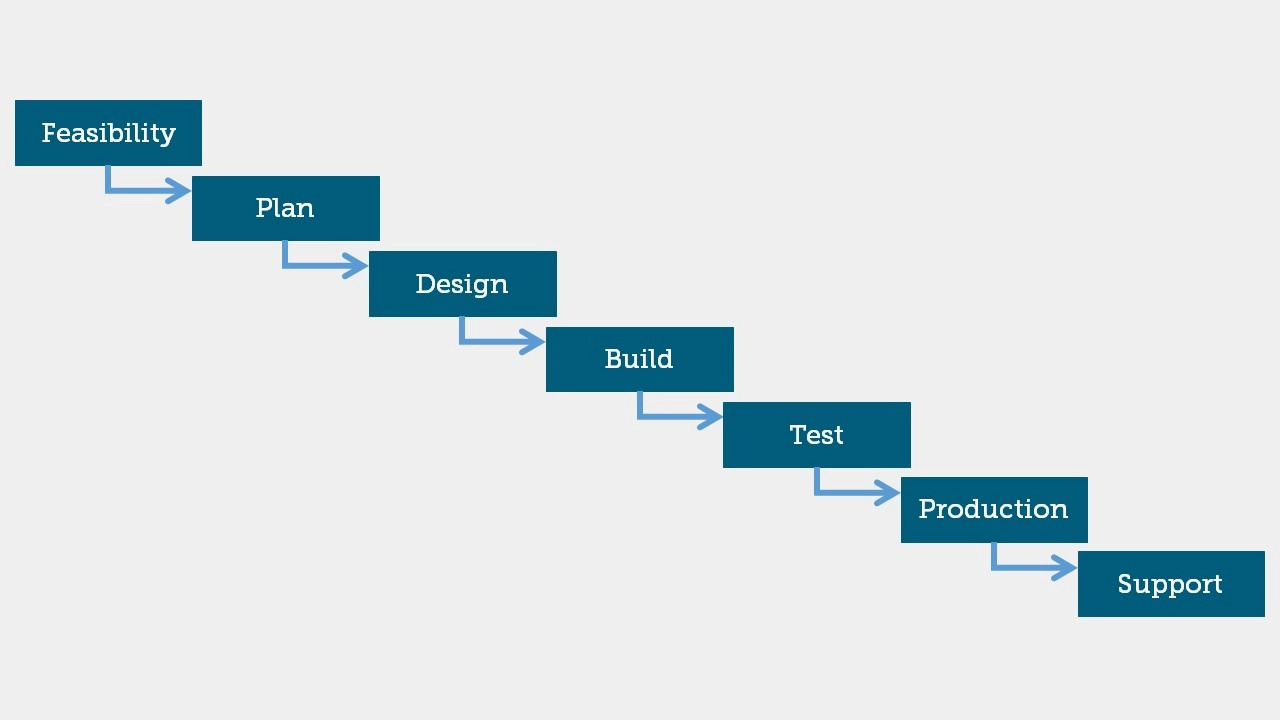
Unlike adaptive Agile, the Waterfall methodology takes on a more predictive approach. Used predominantly before Agile came to fruition, it follows a chain reaction of phases. Each stage must find its resolution before paving the way for its successor. Imagine a cascading waterfall; each step is directly dependent on the previous. See, there’s no hopping back and forth or simultaneous completion. The process is as linear as it gets.
Advantages
- Structured process
- Clear milestones help track progress
- Predictability
Limitations
- Rigid, Less adaptable to change
- All requirements must be predefined
- Changes are expensive and difficult
Agile vs. Waterfall
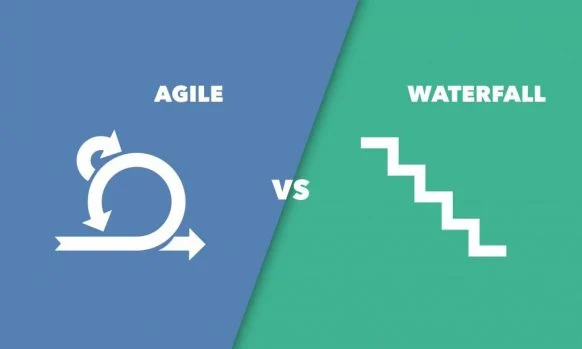
In your pursuit of implementing the most effective project management methodology, you’ve probably stumbled upon a classic debate: Agile vs. waterfall. Let’s delve deeper into their unique features and differences.
Waterfall Known For its Structured Approach
Waterfall, also known as Linear Sequential Life Cycle Model, has a structured methodology. Its predictive nature follows a sequential design process. Teams employing the Waterfall model move to the next phase of development or testing only if the previous step is successfully completed.
- Limitation: However, this structured approach comes with its limitations – it lacks flexibility and does not allow for any changes in project requirements once the development starts.
- Suitability: These features make it suitable for projects with definite requirements and methods well-defined in advance.
Agile Known For its Flexible Approach
On the other hand, Agile is noted for its flexibility. In contrast to the Waterfall’s sequential process, Agile follows an incremental approach, with continuous iterations of development and testing throughout the software development lifecycle. Furthermore, Agile methodology encourages a level of adaptability unheard of in Waterfall; it permits changes in project requirements even post-development initiation.
- Limitation: Its project planning is quite loose, which might lead to an unpredictable finished product or date slippage
- Suitability: This makes Agile a solid choice for projects where requirements might evolve, and adaptability is crucial.
How To Choose The Best Approach?
The difference in approach to testing is another key distinction between Agile and Waterfall methodologies. Agile and Waterfall diverge greatly in this aspect: Agile performs testing concurrently with software development, ensuring that any faults are identified and rectified promptly. In contrast, Waterfall reserves testing for post the ‘Build phase’, which could lead to delays in rectifying issues.
When deciding between Waterfall vs Agile, consider the unique requirements and constraints of your project. To sum it up, Waterfall’s methodical approach might serve well for less complex projects with well-defined requirements, while Agile’s adaptability could be invaluable in complex, rapidly changing environments.
The complexity and requirements of your project will predominantly influence your selection between Agile and Waterfall. They both have strengths, weaknesses, and ideal applications that you need to understand to determine their effectiveness for your project.
When Should Agile Be Used?
Agile is a excellent choice when dealing with projects where requirements might evolve, or where the end goal is not rigidly defined at the outset. If the focus is on flexibility, regular client collaboration, and a desire for continuous delivery of functioning software, Agile could be your go-to. Let’s consider an example. In the banking sector, Agile often plays a major role during development stages. This is due to its ability to adapt to frequent feedback and changes.
When Should Waterfall Be Used?
Essentially, Waterfall thrives with well-structured projects that carry clear, defined requirements from the get-go. It fits particularly well when you’re confident no drastic changes are forthcoming once the project design has been approved. A sequential path to project completion with distinct milestones provides a sense of predictability. This emphasizes ‘getting it right’ in each phase before moving on to the next one.
Conclusion
Choosing between Agile and Waterfall isn’t a one-size-fits-all decision. It’s about aligning your project’s unique needs with the correct methodology. If your project’s requirements are fluid and you value flexibility and collaboration, Agile is your go-to option. On the other hand, if you’re dealing with a project with set requirements and minimal changes, Waterfall’s the way to go. Don’t forget about the hybrid model. It’s there for those times when you need the best of both worlds. Remember, it’s all about picking what works best for your project. Be it Agile, Waterfall, or a blend of both, make your choice count!
Frequently Asked Questions
Q1. What is the difference between Agile and Waterfall methodologies?
Agile methodology emphasizes flexibility, customer collaboration, and consistent software delivery, ideal for projects with evolving requirements. On the other hand, Waterfall is structured suitable for projects with well-defined requirements and minimal expected changes.
Q2. Can Agile and Waterfall coexist in a project?
Yes, a hybrid model may incorporate Agile and Waterfall methodologies, each implemented in specific project phases according to their strengths.
Q3. Is Waterfall similar to Kanban and Scrum?
No, Waterfall is linear, fostering projects with defined guidelines and minimal changes. Kanban accommodates frequent changes, while Scrum aims to enhance efficiency through strict cyclical sprints.
Q4. What differentiates Agile from Scrum?
While Agile is a philosophical approach to project management with a set of core values or principles, Scrum is a specific Agile methodology that facilitates a project.
Q5. Is Scrum part of Agile or Waterfall?
Scrum is a subset of Agile and is one of the most popular frameworks for implementing Agile methodologies. It is not part of the Waterfall model.
Q6. Does Google utilize Agile or Waterfall?
Google primarily uses Agile Scrum, attributing its success in making critical updates within strict timelines to this methodology.
Q7. How do Agile and Waterfall success rates compare?
Presently, Agile has a higher success rate (64%) than Waterfall (49%), leading 70% of US companies to prefer Agile.
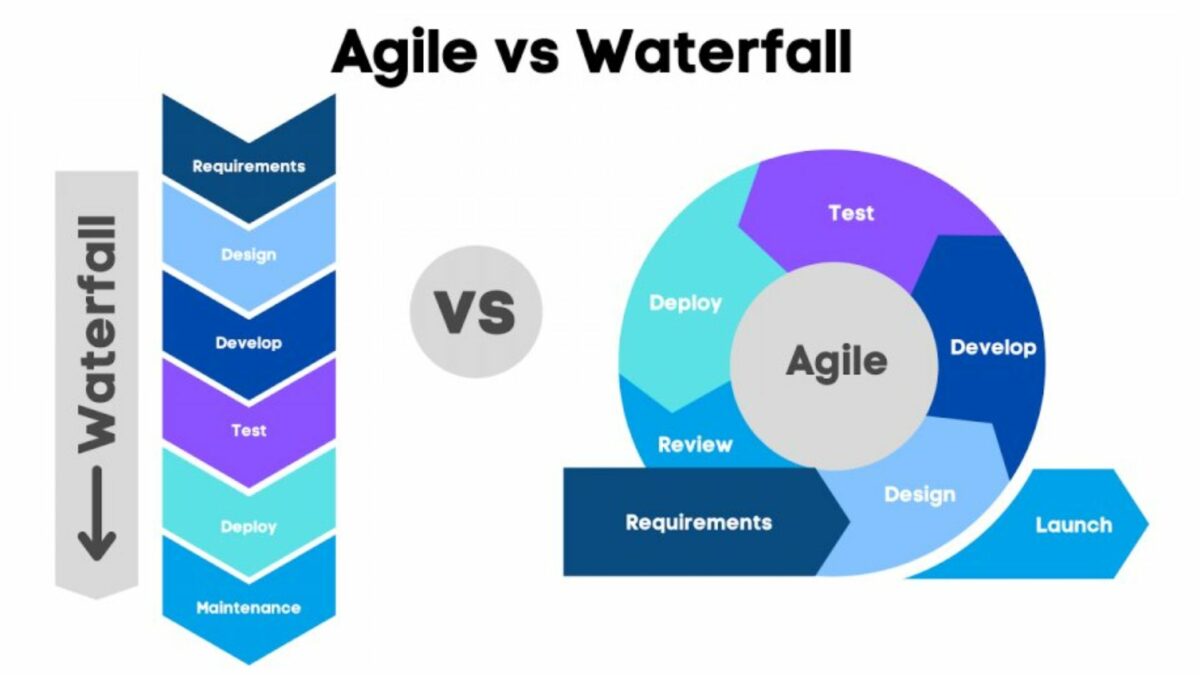
Leave a Reply